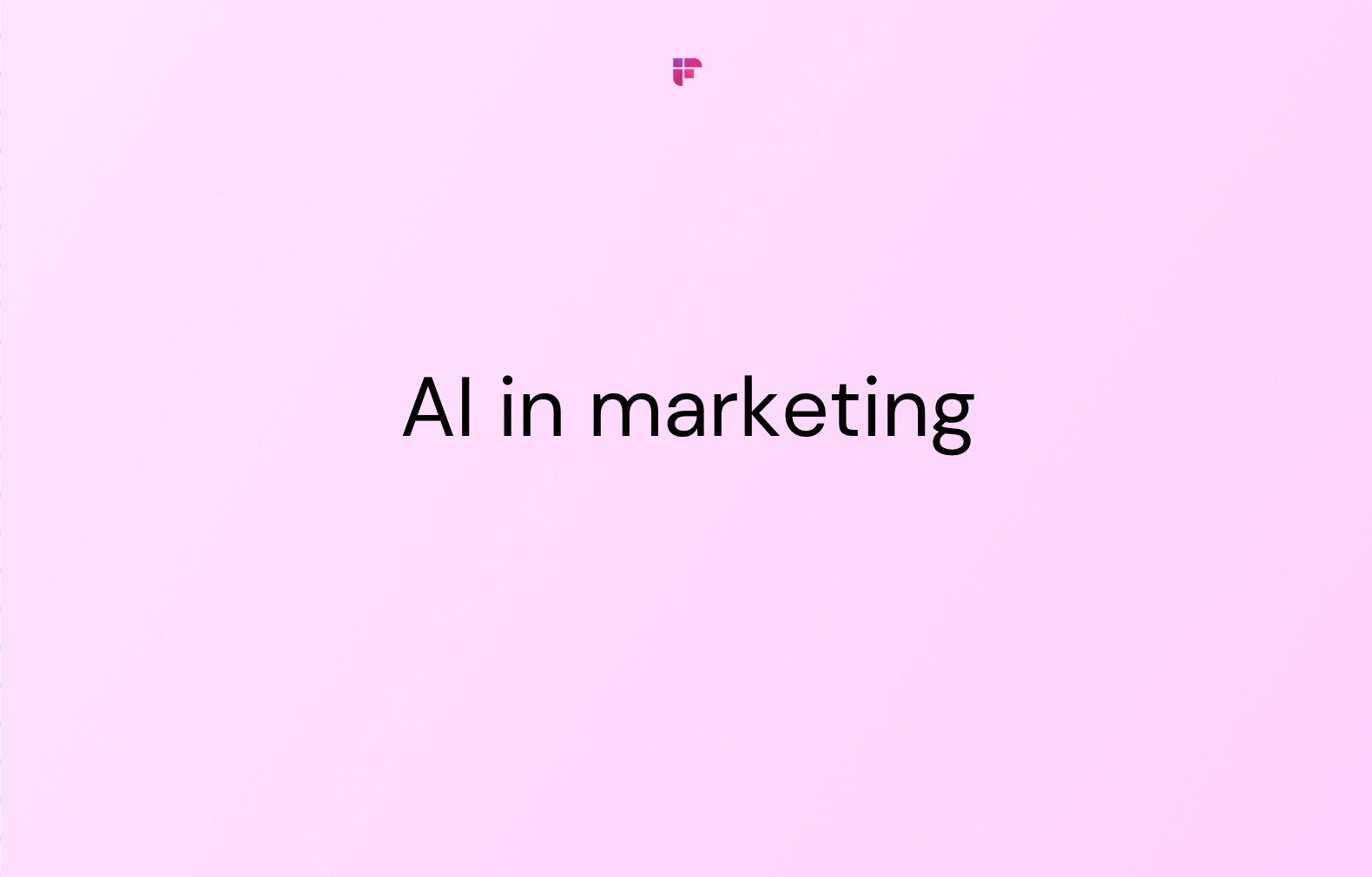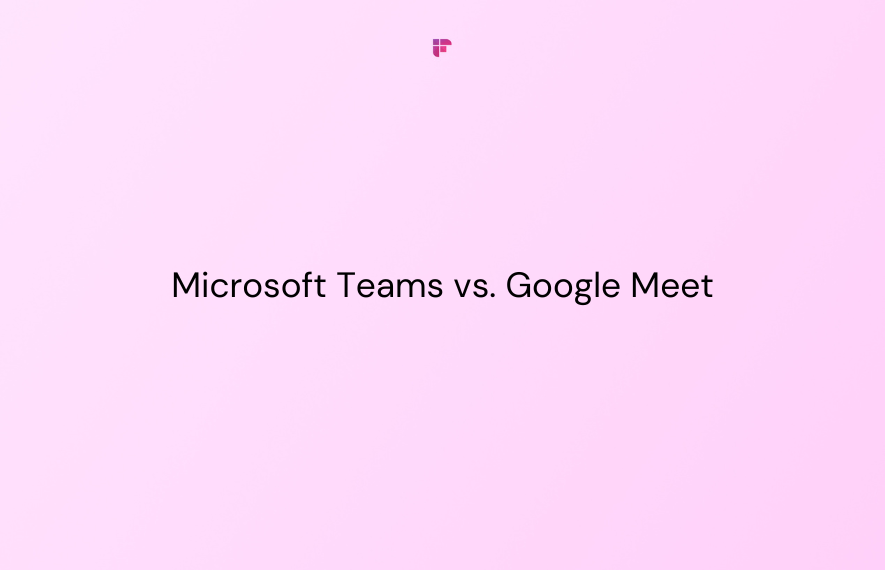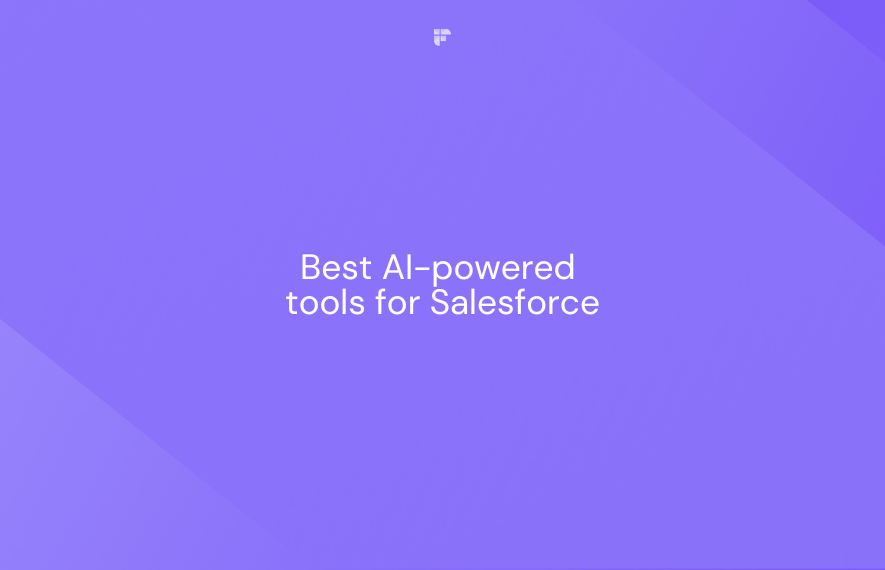AI’s ability to make real-time, data-driven decisions and its one-of-a-kind predictive powers help corporations be more humane by leveraging the power of deep learning.
It is becoming marketers’ favorite tool because it holds tremendous potential to increase brand engagement, improve the viability of suggestions, and streamline purchasing processes - all this with the power of personalized delivery.
The use of AI in marketing is growing exponentially. As we explore all that AI can do for marketers, a few insights come in handy:
- AI takes the guesswork out of identifying and targeting customers through the answers that come through deep learning and big data.
- Revolutionary advances like voice recognition and object recognition allow companies to bring life to their brands and engage with their customers more meaningfully than ever before.
- The use of AI in marketing lets corporations now have the ability to interact directly with individuals, transform their data into valuable assets, and create a blueprint of how to serve them better in the future.
All in all, Artificial intelligence is here to stay, and it's time we start exploring ways to incorporate its potential. This article will outline the top 8 ways of using AI in your marketing strategies with examples from the real world to help you hit your golden numbers.
Are Marketing automation and AI in marketing the same thing?
On word- no. AI in marketing and marketing automation are two different concepts and work entirely on different task principles. Let's break it down a little further.
Marketing automation automates tasks already defined by human teams, thus helping them save time.
AI in marketing makes decisions and predictions by analyzing large chunks of data to personalize customers’ experience with your brand.
How AI is Changing the Future of Digital Marketing
The power of AI is allowing new and exciting opportunities to emerge in the digital marketing space. One of the top reasons for AI’s quick popularity in the marketing space comes from its accessibility. AI can help even small businesses save money, increase performance and drive profitability.
Here are the top 3 reasons for how AI is changing the future of digital marketing
1. Evolution and Normalization of Chatbots
Consumers have already become used to chatbots and feel comfortable talking to them, thanks to the growing popularity of virtual assistants like Siri and Alexa.
But AI-powered chatbots are constantly evolving and becoming more sophisticated. It will not be wrong to say that it can be hard to distinguish a chatbot from a real human. In fact, studies show that about two-thirds of customers don’t know that they’re already interacting with AI tools.
Moreover, customers don’t feel uncomfortable talking to a bot as long as their experience is made meaningful through these interactions.
2. Voice Search is on the Rise
AI is changing the way we interact with tech by replacing typing with speech. As the world moves to a mobile-led way of living, AI is complimenting that by creating a hands-free way of data input to bring more efficiency.
The world is adapting to AI-powered voice recognition faster than you might think. Studies show that almost 60% of consumers have used voice search to find business information in the last few years.
Such incremental growth in voice search owes credit to the huge advances that are made in understanding human speech with machine learning algorithms. For example, technology has reached a place where Google’s algorithms can understand human speech with an accuracy of 95% already. That’s almost the same level as the cognition capacity of a human.
3. More Data and Advanced Data Processing
While the era of Big Data is already here, it is only just about gaining momentum. The amount of data that AI is able to collect is increasing at an exponential rate, and will only grow in the future as more devices are plugged into the internet every day.
One of the transformational changes that AI will start witnessing starting this year is the increased processing of data. Because while we’re collecting a lot of data, there is still scope for how it is utilized. This means that we’re still not doing much with this data, and algorithms are now being shaped for putting this data to various uses.
One of the most common implementations of this data will be seen in hyper-personalization marketing, and how it reaches customers. While personalization is already a popular phenomenon, big data algorithms are still building up their power, and rely heavily on customers to volunteer most of their data that makes that possible.
Social media and digital marketing is an important part of data collection and has become even more vital to marketers in 2021 as emerging technologies such as face recognition and advanced customer targeting become more advanced.
Thus the application of AI in marketing as we know it to exist today is just about the surface of the iceberg underneath.
Top 8 Ways to use AI in Marketing
What you read above was just a small introduction to how AI in marketing can transform your business. In a fast-paced industry like AI, it’s important to begin implementing the technology that exists today, so that you’re ready to reap the benefits of AI as it gets better. Read on to find out the top 8 ways to use AI in marketing, starting now:
1. Experiment with Dynamic Pricing
You can personalize pricing with the help of AI. Dynamic pricing allows you to determine the cost of a product based on its demand/supply. It can help you optimize your pricing based on various factors with immense potential to boost sales.
A good example is the pricing of cabs on apps like Ola, Uber, and Lyft. The cost of a ride goes up when demand rises and falls when demand declines.
AI helps you create dynamic pricing by offering bots for your app or website. They can monitor your predictive analytics use cases like history, cookies, searches, etc., to give you real-time pricing. It helps companies optimize their sales so that their pricing seems ‘relevant’ at all times without seeming ‘too much’ or ‘too little.
2. Personalize Website Experience for a Better CRO
Segmentation and targeting were a part of a marketer’s vocabulary long before the birth of AI. But AI and machine learning can catalyze this process, make independent decisions based on Big Data algorithms, and execute it individually.
For example, you can optimize how a customer engages with your website by targeting each customer’s specific interests. To increase your existing web content value, AI can keep ‘upcycling’ or remarket your content or show relevant deals to people based on their purchasing patterns or history.
Moreover, you could use AI to build microsites and landing pages for specific campaigns and reduce the time it takes to manage all of your online content.
All in all, AI leverages the fact that customers are more likely to buy from a retailer that recognizes them by name, recommends options based on past purchases, or knows their purchase history. The following are the two broad ways in which companies can use AI to personalize their marketing:
- Website experience – AI can customize product offers and services based on multiple data points, including demographics, location, interaction history, preferences, etc.
- Push notifications – Behavioral personalization can help brands increase profits by 15%. With AI, push notifications can be specific to individual users, delivering them the right message at the right time.
3. Use Predictive Analytics to Understand Purchasing Patterns
“Micro-targeting and personalized sales are fast becoming the Holy Grail for retailers, as this attention to detail is key to keeping consumers coming through their doors or visiting their websites”
- Eric Wilson, IBF
Companies that can identify customer needs and preferences through predictive analytics increase their revenue (organic) by 21% year-over-year- finds a study by Aberdeen. This statistic stands against an average increase of 12% for companies that don’t use predictive analytics yet.
Let us look at how Starbucks uses predictive analytics and loyalty card data to improve customer experience, thus staying relevant and maintaining its premium position as the go-to coffee shop.
Starbucks has been using its loyalty card and mobile app to collect and analyze customer data since 2016.
By harnessing the power of big data, analysts at Starbucks know what coffee you drink, where you buy it, and the time of the day you generally crave for one Pairing this with data from millions of other users and other correlating factors, they have authentic and actionable insights about their customer base.
This is what Gerri Martin-Flickinger, the Chief Technology Officer and EVP at Starbucks, has to say about how predictive analysis helps Starbucks stay at the top of its game:
“With about 90 million transactions a week, we know a lot about what people are buying, where they’re buying, how they’re buying. And if we combine this information with other data, like weather, promotions, inventory, insights into local events, we can deliver better-personalized service to other customers.”
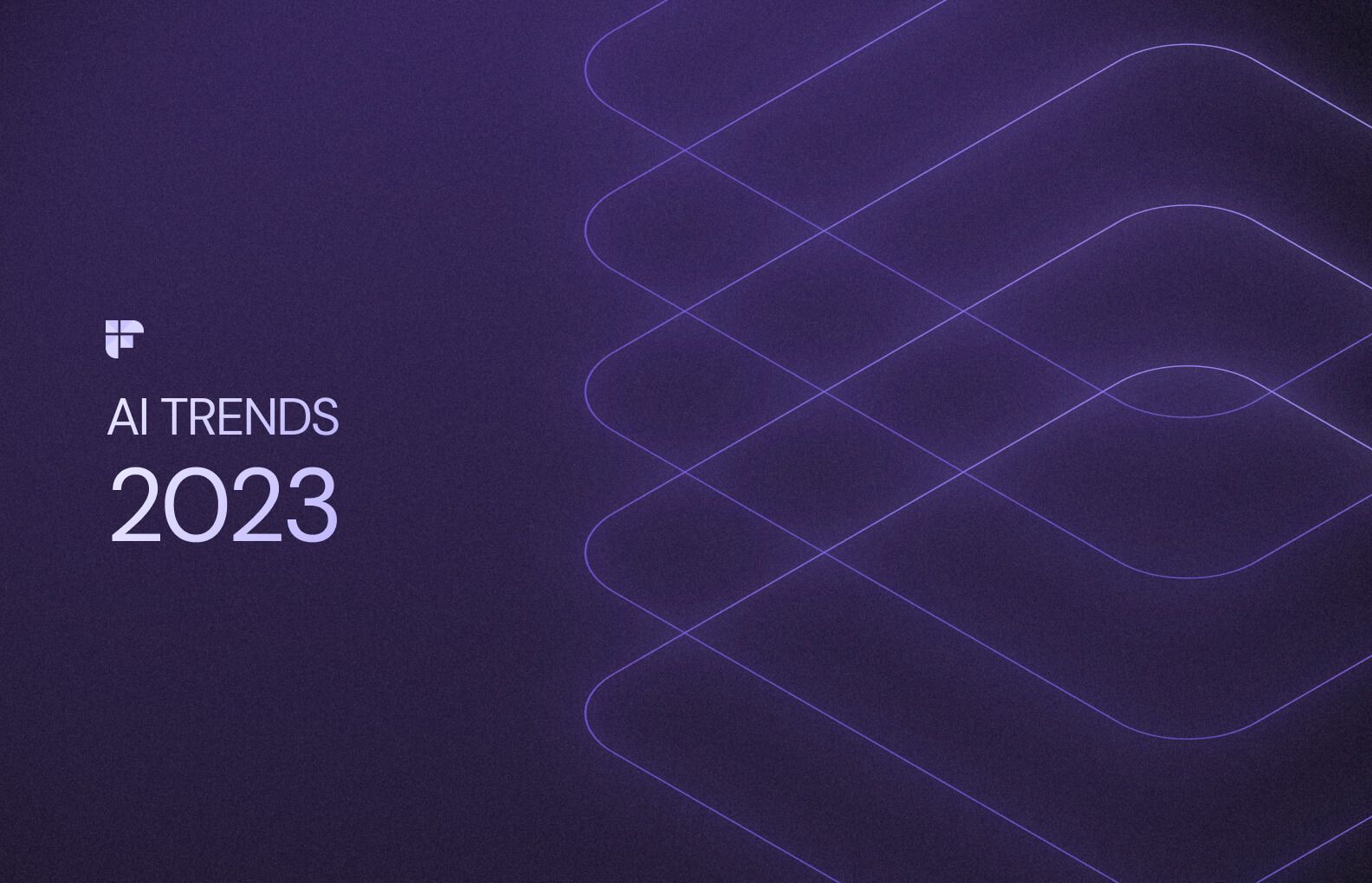
4. Use Deep Learning for Object Recognition
Deep learning is a subset of AI that enables a computing system to ‘learn’ and recognize patterns in voice, images, text, and other data sources to extract meaningful information.
The most prominent use of its application could be understood from the following examples:
- Facebook and Image recognition
Facebook researchers and engineers trained image recognition networks with up to 3.5 billion Instagram images labeled with as many as 17,000 hashtags. After introducing the computer vision system, it achieved an image recognition accuracy of 85.4% on the famous benchmarking tool ImageNet. The previous state-of-art model had an accuracy of 83.1%.
Facebook recently announced that its object detection platform Detectron will now be open-source, allowing other corporations to use their predictive technology to understand user behavior. - AmazonGo
Amazon’s grocery store called AmazonGo unifies AI with information derived from sensors and data vision to free customers from the inconvenience of waiting in line. It allows companies to collect additional data on specific buying patterns. This helps companies gain insights into what shoppers buy and what parts of the store they visit first, etc.
5. Use Chatbots to Make Customer Experience more Meaningful
The next big evolution in marketing might feel like a move backward, from tech-first to people-first. Companies are reinventing how customers engage with their brands by incorporating intelligent chatbots to personalize their offerings, hence showcasing more intuitive experiences for their customers.
Chatbots can help you bridge the gap between marketing and sales. They are a more efficient way of gathering information, qualifying leads, and getting the conversation started. By looping everyone in on your chatbot strategy, chatbots can help you create harmony between your sales and marketing teams, thus streamline their workflows, allowing them to hit better numbers.
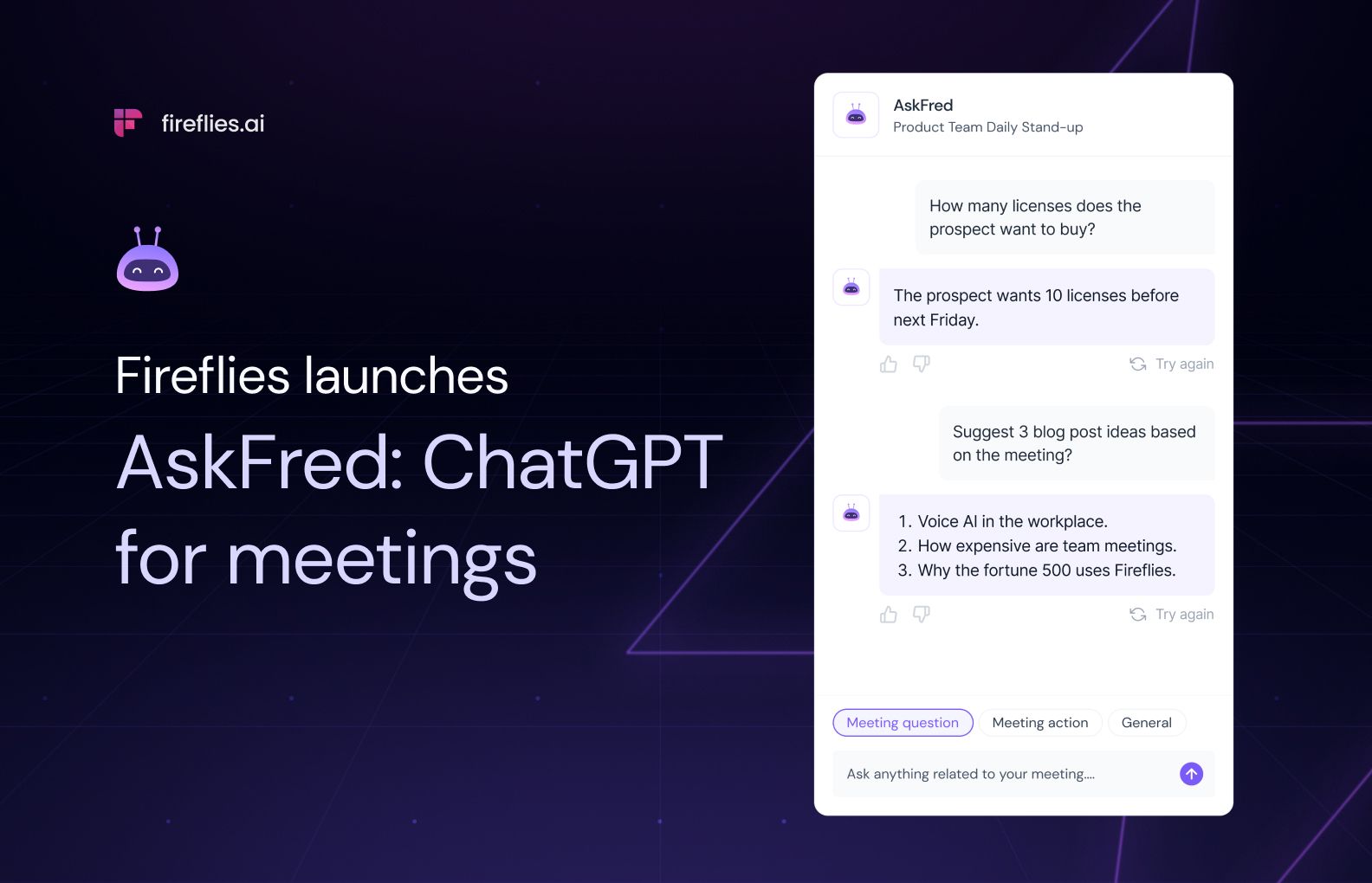
Here are a few ways in which you can start exploring chatbots for your business:
Gathering initial information from leads: Instead of using ‘contact us’ or ‘fill a form’ options to collect lead information, use chatbots to create a conversation. Not only does it feel more personal and thus engaging for a customer, but it also helps you focus on the bigger things as the AI collects the relevant data for you.
Greeting and addressing customers as they first land on your website: Chatbots can help you retain a customer on your website longer than the average period.
6. Use AI-powered Natural Language Generation (NLG)
Natural-language generation is another breakthrough tech from AI. It has immense potential in bringing more efficiency to the world of content creators. Gartner predicted that by 2018, 20% of all business content would be authored by machines.
AI-generated content is designed to read as well as any content created by humans. One can customize the data insights to produce a comprehensive range. A popular NLG tool called Phrasee gained popularity after brands like eBay used it to test AI for copywriting.
Phrasee can imbibe a brand’s personality and voice and produce optimal email subject lines, Facebook ads & push messages.
eBay trained the NLG tool on its data and then produced thousands of machine-written email subject lines. These personalized subject lines were then A/B tested at scale with eBay’s millions of customers. All of this, in a matter of a few minutes.
7. Market your product based on clients' moods with voice recognition
Emotions Analysis and Sentiment Analysis is an AI machine learning technique that can analyze people’s opinions about a company’s product, image, services, and marketing campaigns.
A CEI survey notes that 86% of buyers don’t mind paying more for a better customer experience, while only 1% of customers feel that vendors consistently meet their expectations.
Many tech giants have adopted voice recognition solutions for customer sentiment analysis:
- IBM offers Watson Tone Analyzer, which it claims can help marketers in all industries understand how people see their brand using Sentiment Analysis.
- Amazon offers software called Amazon Comprehend, which it claims can help marketers in numerous sectors analyze customer social media data and find out how people feel about their brand using sentiment analysis.
- Microsoft Azure offers software called Microsoft Cognitive Services Text Analytics API, which it claims can help retail companies use customer feedback data to drive product development using sentiment analysis.
Voice-recognition software is being explored to enhance customer experience at gas stations to help clients with their orders and detect their emotional state.
Depending on the sentiments detected, screens at gas pumps display product recommendations that best suit a customer’s mood at a particular time. Similarly, AI is actively being explored to help marketers narrow the dissonances between their marketing strategy and customers’ emotions.
8. Strengthen your loyalty program with big data
AI is a game-changer when it comes to customer loyalty programs. Jesse Wolfersberger of Maritz Motivation Solutions believes that it will become indispensable to its evolution in time.
AI holds an incredible capacity to interpret a wide bandwidth of data at greater depths and faster speeds than humans have ever been able to.
AI can help marketers take their loyalty program a notch up and turn it into a relationship. It allows them to consistently analyze tons of data to make the best offers to customers at any given point in time.
Marketers across the globe also put their bets on AI’s refined insight into consumer behavior. It holds the potential to help expose loyalty points fraud, giving companies a vital tool in the battle against program fraud.
Moreover, integrating AI into a brand’s marketing strategy can also bring significant value for brands working toward developing omnichannel relationships that allow them to build loyalty.
Recently, members of the DSW rewards program were sent an email that enumerated how many points each member needed to receive a $10 certificate. They were also informed of other deals they were eligible for.
They also used member data to provide a detailed snapshot of their customers’ interactions with the brand over the past two years, including how much they had saved, how many points they had earned, and how long they had been a loyal member.
The campaign was a success and saw growth in multiple areas:
- Email opens: 64% lift
- Click-through rates: 13% lift
- Customers reading an email for 15+ seconds: 58.82% lift
Last Two Cents
AI’s role in marketing has a vast potential, and we’re just about exploring the surface. The key to making the most of AI’s powerful functionality is to keep exploring.
The tips here are meant to help set you off in the right direction so that you can optimize your business processes through the help of AI.

